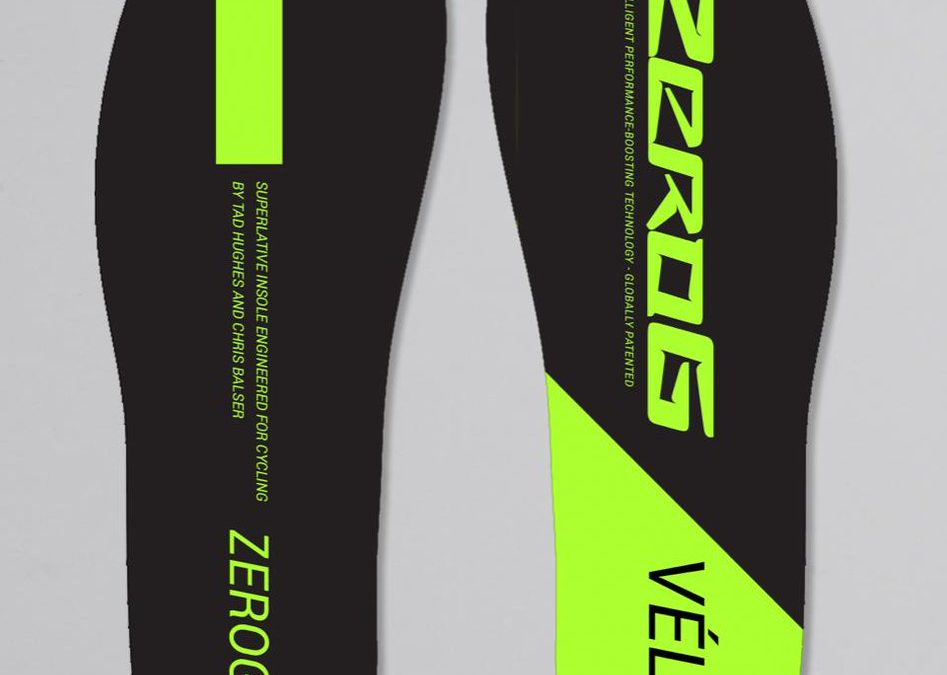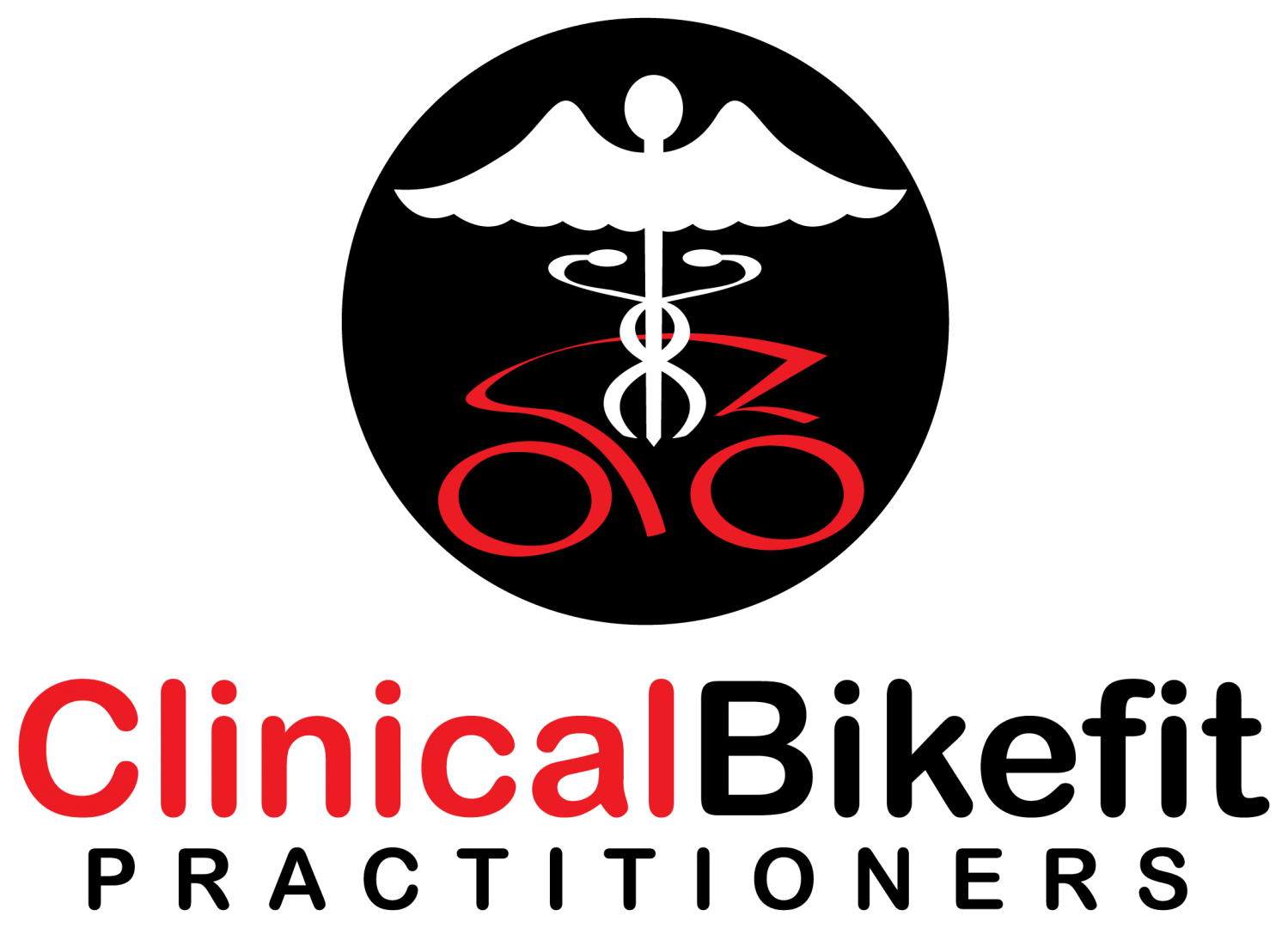
One of the many ice-breaking questions I ask during the assessment process is an estimation of how many points of contact the rider thinks they have on the bike. The answer varies from Cyclist to Triathlete and depends on how many cheeks they are counting, but is leading to my underlying question, “How many points of connection?” This answer should always be 2.
“A man is to water as a fish is to bicycle”
Similar to a house, the most important parts are the ones you do not see and the foundation is more critical than the architecture. Pedaling a bike is unique in many ways, but none more so that it is a closed kinetic loop. Meaning that you are connected to the apparatus unlike open kinetic (running, skating,skiing,etc). This not only alters the body’s ability to articulate but any physical asymmetry either structural or functional will be caught in a loop. And since it is bio-mechanical engine it is not linear, it will be affected by hydration, fatigue, intensity/duration etc. Since no two feet are the same, the contact to the pedal (distance/cant/tilt/medial/lateral) would require a different solution for each foot, in other words a custom motor mount. The foot (similar to the hand) is flexible and made of articulated bones covered in bundles of nerves, is exposed to radial/axial forces but this flexibility is also counter-productive in a closed kinetic loop as arch collapse or unresolved Varus/Valgus can affect alignment of the knee and hip. Insoles good or bad, supportive or not directly effect this interface.
“This little piggy went to market”
The majority of high end shoes tend to fall into two categories in regard to insoles. They either have a program (Specialized/Bontrager/Shimano) or they assume that you will provide your unique solution (Sidi/Giro/Garneau/Vittoria/Garne). And here is where it gets a bit complicated, if we can agree on a couple of points. That no two feet are alike, and that the impact in regard to connection or interaction of the bike is paramount. If you have had a professional or clinical level Bikefit/Cycling Analysis in the last 5 years there is a high probability that your insoles were replaced or modified in the process. While cycling specific insoles have been available in fitting for years (Superfeet/E-Soles/BG/Sole) they where limited between static and semi-custom (movable or modular arch). Some support is better than none, but once again addressing that no two feet are the same this limits the ability to individually support each foot much less custom support or remediation. In Clinical Fitting one the greatest advancements beyond the basic have been the development and implementation of Custom Insoles/Orthotics and their architecture. The ability of the Clinical practitioner to control the outcome of the Orthotic/Orthosis and its dynamics have led to keeping more riders riding. Your feet, knees and butt will thank you.
“Three guys walk into a bar“
In my practice Custom Insoles are foundational to my process for a decade and I do not offer a warranty without them, it’s non-negotiable. I spent years developing a system that breeches multiple parties. The reason for this is that people get their bikes fitted for different reasons, but this covers the main three (my main three).
- Clinical The ability to create custom solutions to complex clinical issues and for each foot (Arch/Metatarsal/Heel/Volume etc). To alleviate pain or create optimized stabilization for the knee and hip. Many issues that are blames on the shoe, Cleat or pedal actually originate inside the shoe.
- Incremental Gains A more stable footwithout arch collapse lends itself to better and more efficient power transfer. Whereas the same principles apply to remediation clinically (foot/knee/hip), performance seekers benefit as well as standing/sprinting and ability to produce their Orthotics stiffer upon request.
- Injury Prevention In a century ride each knee will make approximately 50 thousand revolutions. While cycling is low-impact is is unfortunately high revolution and can easily lend itself to overuse injuries, especially those new to cycling or triathlon. A more stable foot interface leads to a more stable pelvis which aids in saddle comfort.
“Finis”
While insole systems vary among the fit community you will almost undoubtedly find custom insole/orthotic offering at the Clinical level due to the nature of the type of complex fitting performed. Contact the practitioner in your area for more information.
